What To Look Out For - April 2016
Spring is upon us! April is one of the most exciting months of the year as many animals and plants burst onto the scene. From strange ear shaped fungus to parrots of the sea, here are a few of our favorite species to look out for this month.
Bees are in the news and in the trees! Willow catkin flowers in April provide one of the first tastes of pollen, essential food for queen bumble-bees after they emerge from hibernation. Look out for our biggest bee the Buff-tailed Bumblebee. The queen survives underground all winter where she uses up fat stored in her body from the previous summer. Learn how you can help bees here.
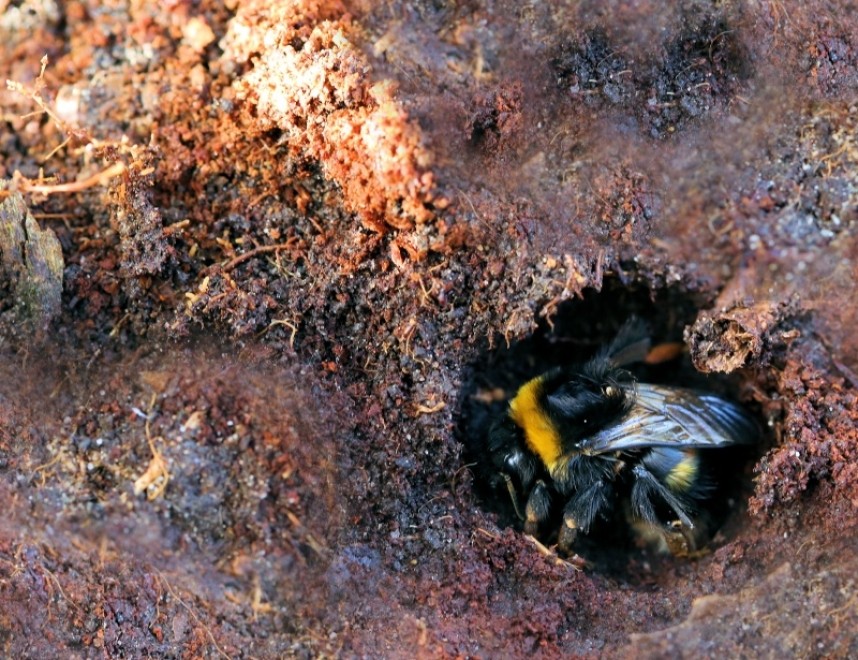
Buff-tailed Bumblebee © Dan Lombard
April is not the month we normally associate with wild Orchids but the Early Purple Orchid is out in all its glory towards the end of the month. Look out for them in any old woodland or meadow, I even found some on a Yorkshire cliff top by the sea two years ago! The flowering spike can have as many as 50 flowers. In darker woodlands they often grow much larger to reach the dappled light.
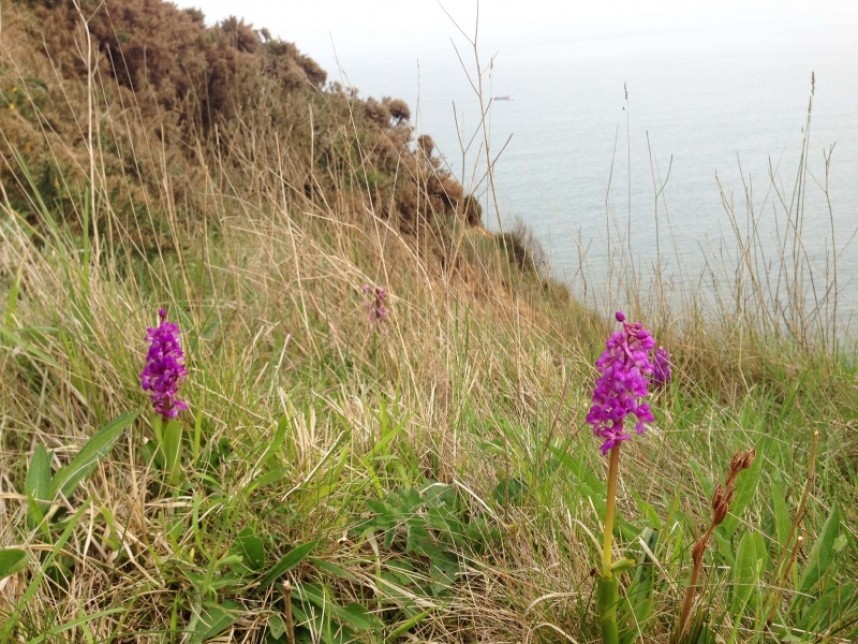
Early Purple Orchid © Richard Baines
Birds of prey often migrate looking for new breeding territories in early spring and April is one of the best months to see these magnificent birds. Red Kites are now a familiar sight in many inland parts of England but on the coast they are still scarce. Look out for them migrating anywhere on the North or East Yorkshire coast. They look so big but amazingly in the spring they can weigh only 900 grams which is less than a Mallard!
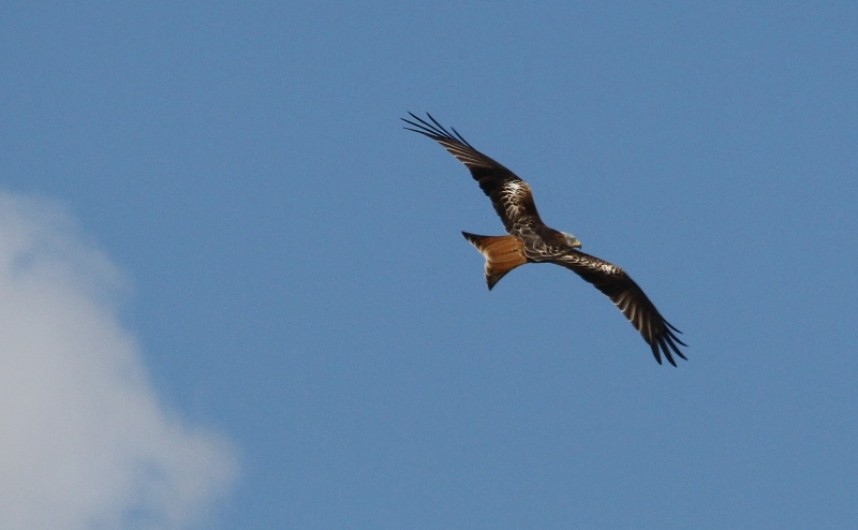
Red Kite © Richard Baines
One of our most loved birds is back this month the Atlantic Puffin. Look out for them at Bempton Cliffs and on Flamborough Headland where they nest in large numbers. They can also be found offshore where they search for food anywhere on the North Yorkshire coast. Despite their clumsy flight they can reach speeds of up to 55mph and beat their wings up to 400 times a minute!
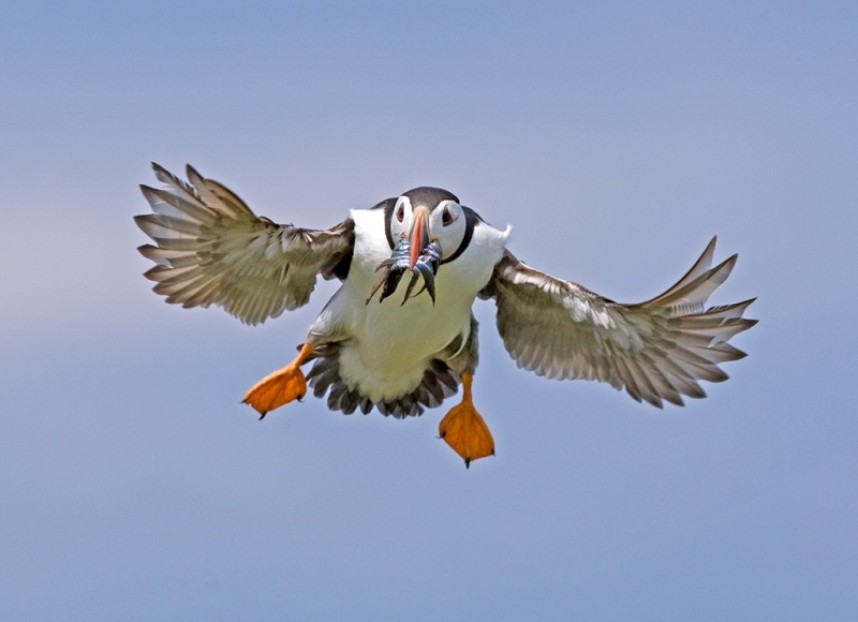
Atlantic Puffin © Steve Race
A species of fungi which grows at any time of year is the Wood Ear. Look out for these strange mushrooms on Elder trees in hedges or woods often where there is plenty dead wood and especially after an April shower! They are fun to find because they really do look like an ear. They are also edible and a very good source of iron, protein and fibre.
One of the most colourful spring butterflies is the Comma. They are named because of the white ‘comma’ shape on the underwing. The hibernating adults emerge in warm weather. After mating the eggs are laid and the resulting caterpillar feeds on Common Nettle. Two forms have been recognised; the darker individuals breed once, the adults emerging in mid-summer. Lighter coloured butterflies can breed twice producing an autumn emergence, these adults also overwinter.
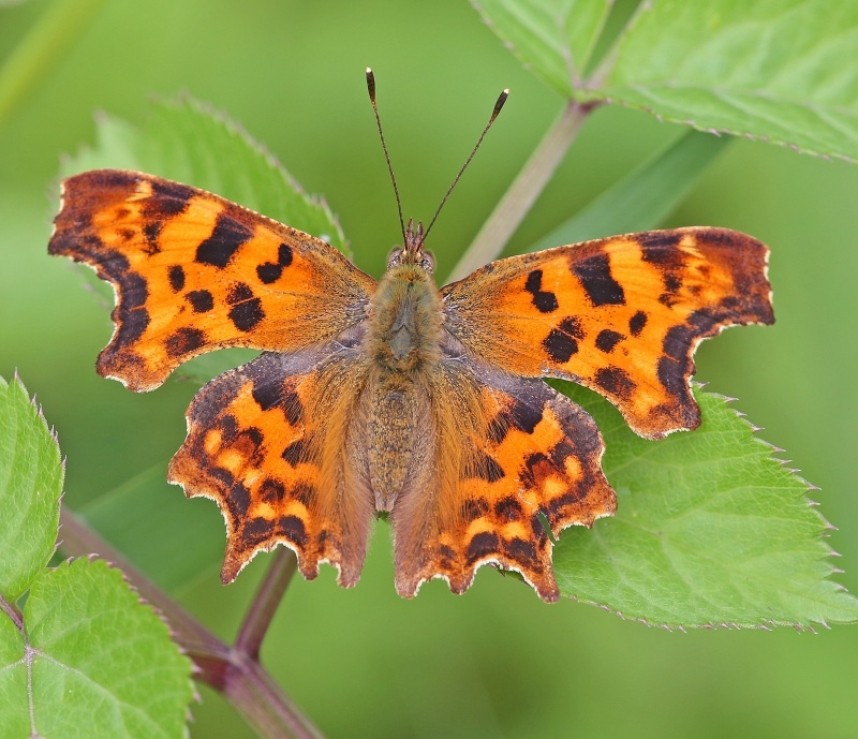
Comma © Dan Lombard
On heathland around the North York Moors National Park and in similar habitat close to York such as Allerthorpe Common Yorkshire Wildlife Trust reserve, a very beautiful emerald insect emerges this month, the Tiger Beetle. Look out for them on dry tracks or on stony ground between the heather. They are a highly aggressive predator and run very fast! They use a stop and look hunting technique developed to help them see their prey better after periods of hot pursuit!
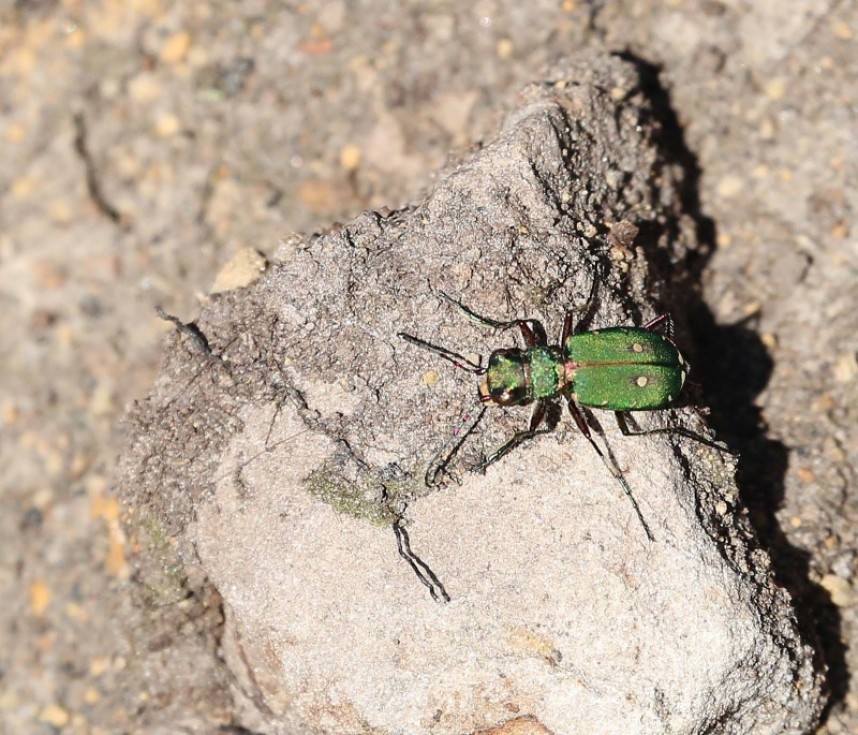
Tiger Beetle © Richard Baines
Richard Baines
YCN



 Back to Blog
Back to Blog
